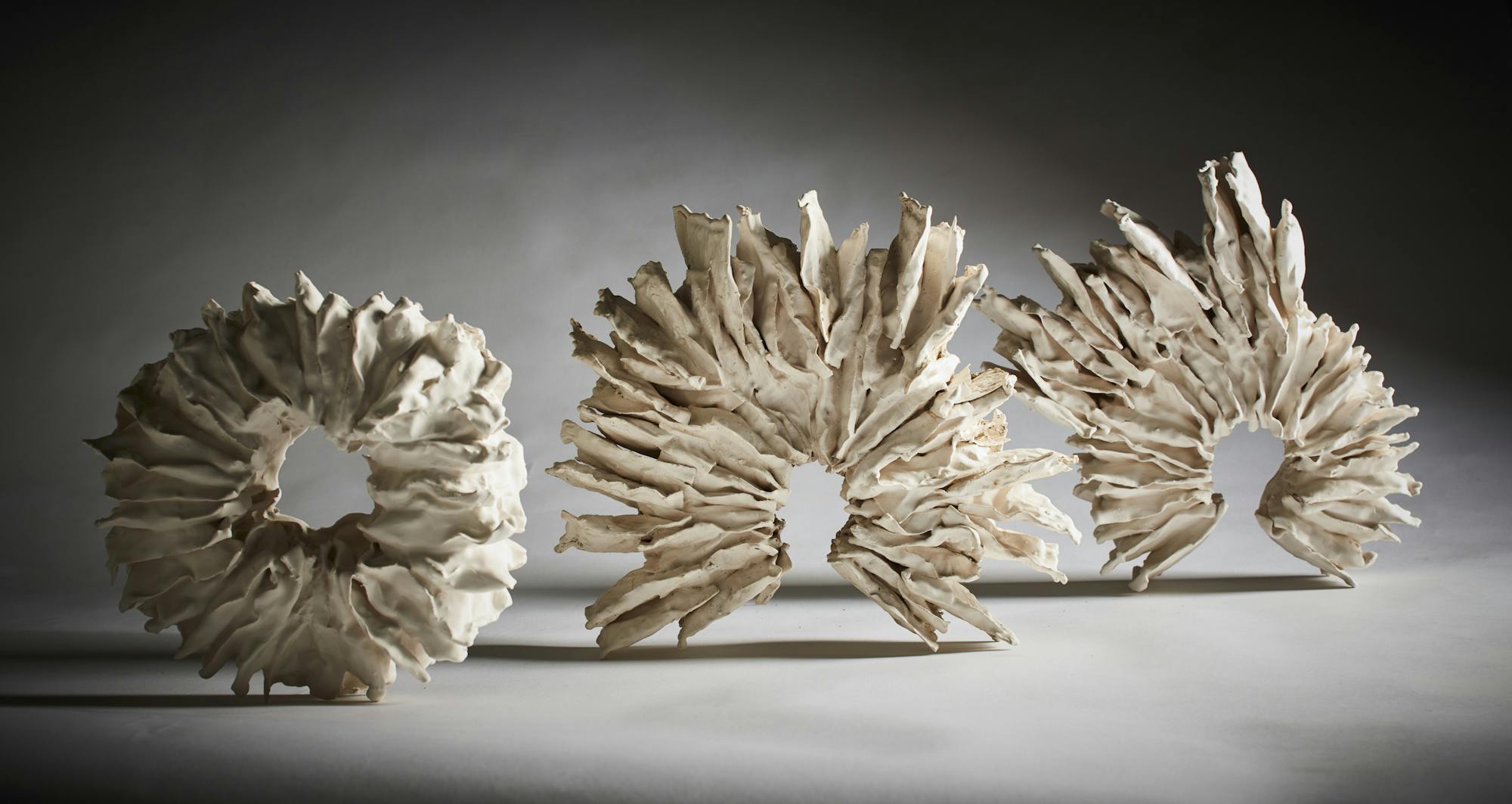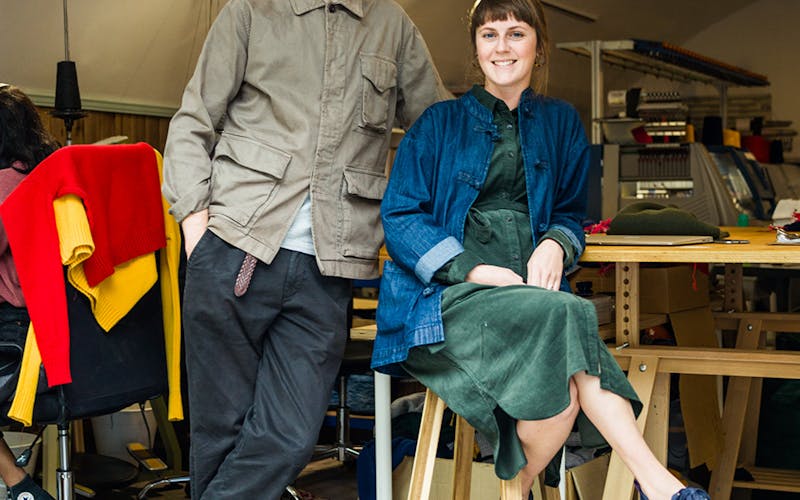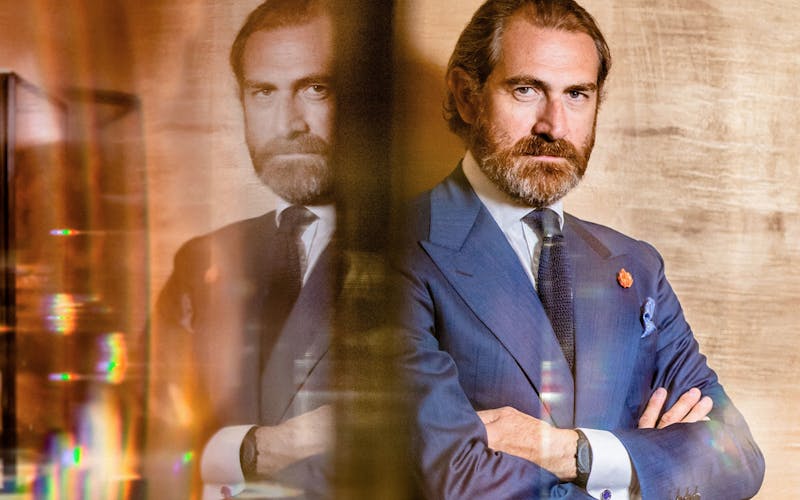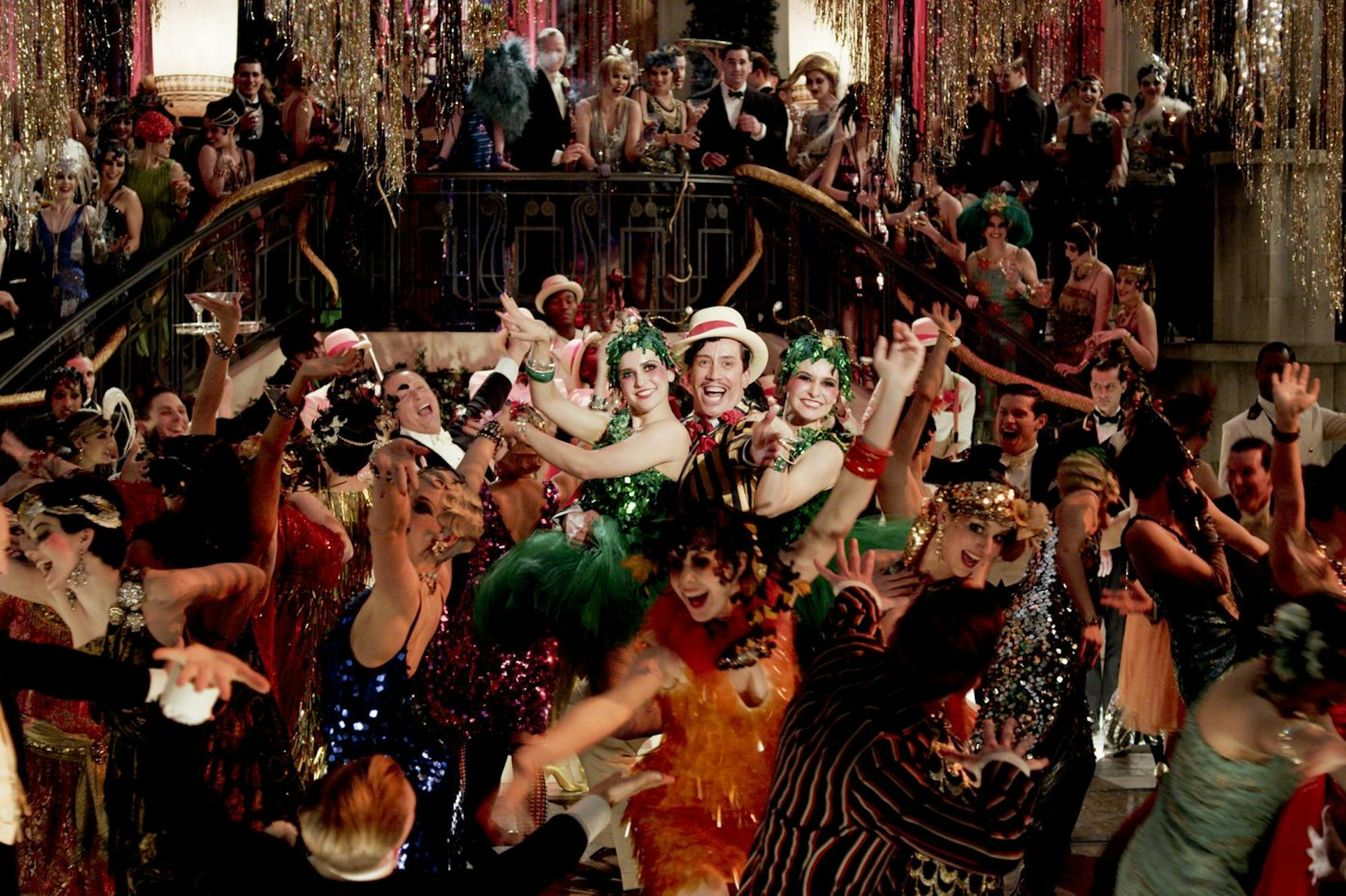

for Walpole members and
non-members available now
at The Londoner



Like many, I suspect, I’d like to think that we will learn from the past year. Otherwise, it will just be like a bad dream that we wake from, and although that notion brings with it a degree of comfort, surely it represents a lost opportunity. In speaking to designers and those who run luxury businesses in the UK and abroad, over the past 12 months I’ve been struck by the overwhelming sense that despite the unforeseen interruption to business as usual and the difficulties this has caused, business as usual pre-pandemic was not so great. And arguably, unsustainable.
This feeling among those steering luxury brands is not so much a comment on bottom lines, growth or demand, but something more existential. It was put best to me by one who has lived through his fair share of the vagaries of the luxury story, Giorgio Armani. The Italian designer is convinced that somewhere in the not-so-distant past we took a wrong turn as makers and consumers of luxury goods. He believes that luxury firms have been over-influenced by the methods of fast fashion and set about producing too much product and promoting the idea of trend-driven obsolescence. He now advocates a slower approach, talking of how luxury labels should make less but make better, and the consumer, in turn, should be educated to buy less and buy better.
Armani is outspoken on the subject. He makes the case that the slowdown he is suggesting would lead to a more environmentally friendly approach. And as part of this readjustment, he also champions the concept of more timeless aesthetics. If products are designed to date quickly, people will not be inclined to keep using them. Instead, says Armani, if pieces are designed to last, not just in terms of the quality of manufacture but also with regard to style, they will see greater service over a longer period of time. Again, this is better for the environment. But it also speaks of a more considered approach to how we consume and a greater appreciation we might have of what we purchase.
I for one can only hope that Armani is right about a shift towards a less frenetic pace of consumerism, where luxury is not a matter of price, but of design excellence. And aesthetic beauty. Another Italian springs to mind here. I remember seeing a documentary made by Italian furniture company Molteni & C explaining that polymath architect Gio Ponti believed Italy could be rebuilt after the war through beauty. Ponti is a personal favourite of mine, and Molteni & C still makes some of his extraordinary furniture to this day, a testament to alluring design that has resolutely stood the test of time. He once said, “Half of Italy was made by God, the other half by architects,” and it is in this idea of the human ability to create wonderful, life-enhancing, beautiful things that I see the essence of true luxury, and the hope for its future.
Beauty is key. Was there ever a luxury product that was not beautiful? Talk of beauty always makes me think of Keats’ Ode on a Grecian Urn, a poem about a luxury good – a Greek vase. The characters depicted, while full of life, are fixed: a pair about to kiss, their moment of ardour and anticipation captured by the artist and held there: “Forever wilt thou love, and she be fair” says the poet to the young man depicted with his lover. The urn captures beauty, and though we will fade it will remain “a friend to man”:
“Beauty is truth, truth beauty, that is all
ye know on earth, and all ye need to know.”
If luxury is a celebration of human creativity and artistry, rather than merely a statement of wealth, it rests on the notion of our ability, like Keats and the imagined artist who made his urn, to fashion things. There is a Latin phrase, homo faber, meaning ‘man the maker’, which encapsulates the idea that we can have agency over our lives, that we can be creators of tools and our fates. This ancient concept was taken up by the humanists and later loomed large in the Italian Renaissance. Now it has been adopted by a contemporary Geneva-based organisation, the Michelangelo Foundation for Creativity and Craftsmanship, which celebrates specialist craftsmen and their work around the world. There is a Homo Faber exhibition in Venice; the first was staged in 2018, under the title ‘Crafting a more human future’, and the second aims to be revived this September. Meanwhile, the Homo Faber Guide website showcases the work of creators around the world.
What is fascinating is that one of the men behind this is Johann Rupert, the chairman of the Swiss-based Richemont group. Rupert in his day job presides over some of the world’s most famous luxury brands, including Cartier, Van Cleef & Arpels, Jaeger-LeCoultre, Piaget and Chloé. And yet the Homo Faber project mentions none of these. It is not about global brands but small-scale enterprises, sometimes even individuals, who make exquisite pieces, mostly by hand, and always with immense skill and artistry.
This begs the question: why would Rupert care to invest time, money and energy in an enterprise that has no bearing on Richemont? I will hazard a guess: because like many of us, he is interested in the future of luxury and understands that it begins with the act of creating, not with a marketing campaign or a SWOT analysis identifying business opportunities.
Behind the very brands that Richemont owns are a host of stories about people just like those on the Homo Faber platform who started off with ideas and talent, and who planted the seeds that have flourished into global businesses today – people like Louis-François Cartier, Alfred Dunhill, Alfred Van Cleef and Salomon Arpels, and Mario Buccellati. Rupert knows that the lifeblood of luxury depends on nurturing inspired creative craftsmanship. It is no accident that his group’s slogan is: ‘At Richemont, we craft the future’.
Significantly, a tour of the Homo Faber website reveals that while there are certainly makers celebrated here that are keeping traditional skills alive – like bookbinding, globe-making, glass-making and scagliola (imitation marble creation) – there are also those pioneering new techniques. Textile designer Kazuhito Takadoi, for example, uses grasses from his garden to make wall hangings; and ceramicist Sophie Kate Curran employs used teabags in her conceptual sculptures. I am particularly intrigued by Caren Hartley, who makes bicycles from titanium and steel in a workshop in South London. A former silversmith, Hartley’s machines are a perfect example of what luxury goods should be: beautiful and beautifully made, best in class, and emblematic of the human spirit that created them. Of course they are expensive and of course they are rare. But for me what designates them as true luxury is the fact that Harley starts with a delivery of metal tubing, and only weeks later a machine that could compete in the Tour de France rolls out of her workshop, the frame having been cut, welded and painted on site.
Like Keats’ poem and the Greek vase it describes, one of Hartley’s Isen Workshop bikes is evidence of human ingenuity, skill and imagination. And because it is made by a young former silversmith and is a piece of ultra-modern design and technology, it is also emblematic of the fact that luxury need not be about heritage. This is important in the context of the future of luxury, as when things are tough, there is a natural tendency to take refuge in the security of established ideas.
One Gucci advertising campaign from 2010 sticks in my memory: a black and white shot of men in white overalls at wooden benches in a workshop, fashioning leather hides; another iteration of the same campaign, captioned “Gucci, Firenze, 1953”, has rows of women in black at their sewing machines, again in black and white. With the slogan ‘Forever Now’, these ads were designed to celebrate 90 years of the company, and in using genuine archive shots made the point that the Italian house is steeped in the story of its founder, Guccio Gucci. The copy running on the executions talks of how “Guccio Gucci lived the artisan’s life of Florence in 1921”, and how “His spirit inspires our traditions today”. The idea, of course, is to establish the authentic luxury credentials of Gucci in pointing to its nine decades of creating beautiful, desirable pieces, inspired by the spirit of the founder, a spirit that still pervades the house: “Touching our past as we craft our future”.
This year sees the house’s centenary, and what a contrast we have in Gucci’s just-released advertising imagery that presents a fantasy late-night talk show hosted by James Corden in which an eclectic collection of celebrity guests – among them Serena Williams, Awkwafina, Diane Keaton and Harry Styles – appear with their Gucci handbags. This is the product of Alessandro Michele, today’s creative director at Gucci, who while deeply respectful of what Guccio Gucci started a hundred years ago, wants to make it clear that today’s label is rooted in the present, to the point where a handbag is no longer a gender-specific item. I need not tell you how successful Gucci has been since Michele took over the creative reins in 2015. And much of this is, I believe, down to the fact that he is focused entirely on making this historic brand thoroughly contemporary.
British luxury firms can learn from this. Heritage is a fine thing, but every luxury brand began without any. It is a useful part of a brand’s narrative, for sure – useful in establishing trust with a consumer, evidence that products are designed and made with expertise acquired over years. But it cannot be the whole story.
Better by far, I believe, is the notion of luxury authenticity and this, though often confused with heritage, has nothing at all to do with the number years you have under your belt as a business. Authenticity is about attitude. As a maker and seller of products, ask yourself this: is your output created with the genuine passion and commitment and care that makes it authentic? A new maker of shoes/bags/knitwear/pens/jewellery/whatever can be more authentic than one that has been around for years, just as a new restaurant can be far more authentic than one that has been serving food for decades. The makers on the Homo Faber website are clearly authentic and many are young, with young enterprises.
The danger, I believe, is that in our post-Brexit, post-Covid world, there may be a tendency in the UK to hark back to some sort of imagined glorious past, and to allow this to feed and steer our luxury narrative. Walpole members – both those with heritage and those who have only recently established themselves – could therefore take heed of Armani, Gucci and Homo Faber. And though that might sound like I am advocating a peculiarly European lens through which to view our homegrown luxury enterprises, I am not. After all, Hartley and her bicycles in Mitcham are as British as you can get.
The point is this: luxury should be about making wonderful things with consideration, care and skill, and making them to last. It should be about embodying the imagination, creativity and passion of the people behind these wonderful things. It should be about being the best, instead of merely the most expensive. And about bringing beauty into people’s lives through a celebration of artistry and aesthetics. It should be about creating products that are relevant to the here and now, to the lives we live and aspire to live – and in this sense it should embrace concerns about waste and sustainability and ethical manufacturing.
In short, we have an opportunity now to ensure luxury really earns its elevated reputation and so becomes much more than a mere status symbol. And therefore so much more valuable and meaningful to all of us.
This article first appeared in the Walpole Book of British Luxury 2021. Peter Howarth is the founder of creative agency Show Media and former editor of Esquire and Arena, and Style Director of GQ.







